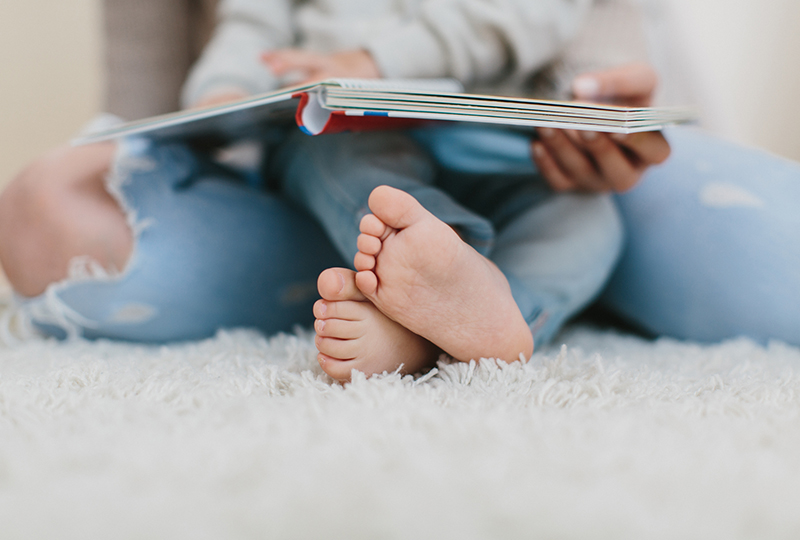Try these tips to help your child with painful legs, and know when it’s more than growing pains.
When my daughter was about 7 or 8, we endured a strange, on-again, off-again bedtime ritual.
“Mommy,” she’d plead tearfully, as I tucked her in, “rub the stinky medicine on me! Please?”
The “stinky medicine” was Bengay. She didn’t mind its medicinal odor at all, so long as she got its tingly soothing warmth massaged into her shins.
My daughter had growing pains.
The term implies that these intense aches happen when a child is in a particularly rapid growth period, but little about “growing pains” is clear-cut. They don’t strike infants or teenagers, who also grow very fast, points out Andrew Gregory, M.D., an orthopaedic and sports-medicine specialist at Monroe Carell Jr. Children’s Hospital at Vanderbilt.
But growing pains — technically called “benign nocturnal leg pain of childhood” — are common in grade-school children. Kids suffering through them typically feel pain in their lower legs at night, then everything seems fine during the day and normal activities.
“People use the term incorrectly to refer to any pains that happen in children,” Gregory says. But pain in other areas — arms, back, hips — are not growing pains, he says, and if this is what ails your child, you should discuss those problems with your pediatrician.
Meanwhile, there are things that help soothe your child’s painful legs:
- Aceteminophen (Tylenol) or ibuprofen (Motrin, Advil). Check the label on the box or ask your pediatrician for the correct dosage for your child.
- Topical pain-relieving creams and ointments. Hence my daughter’s nightly plea for Bengay.
- Ice packs or warm compresses applied to the sore areas. Gregory says either can help, but children usually prefer the warmth. Don’t use a heating pad after applying pain-relief cream, though, because that can lead to burns.
- Gentle massage. Massage is helpful for both pain relief and providing comfort.
- Distraction doesn’t hurt, either. My daughter’s growing pains struck long before she owned an iPod. I moved a CD player into her room so soft music would give her something to concentrate on besides her discomfort as she tried to fall asleep. Reading stories before bed was also helpful.
- Patience. Unfortunately, classic bouts of growing pains can last for months or years. In my daughter’s case, we’d have a couple of bad weeks, then no pain for several months, then a few more bad weeks. Things went on like that for maybe six months to a year. Eventually her growing pains disappeared.
Before they did, though, the bedtime tears and menthol-scented leg massages became routine. Just as I wondered whether my little diva had simply become accustomed to the bedtime attention, demanding the hands-on pampering out of habit, her growing pains faded away and she was once again able to settle down for the night without any fuss. She is a teenager now and has been growing at a startlingly fast rate. But her legs don’t bother her — phew!
Growing pains are not serious. But parents shouldn’t chalk up every mysterious complaint to growing pains, either. Limping, swelling, pain in only one leg or pain that continues in the morning or worsens over time are all signs of more challenging orthopaedic problems, says Gregory. If your child experiences any of those symptoms, contact your pediatrician or a pediatric orthopaedic expert.
Maura Ammenheuser is a mother of two and a web content producer for Vanderbilt University Medical Center.
What helped your child get through his or her growing pains?


